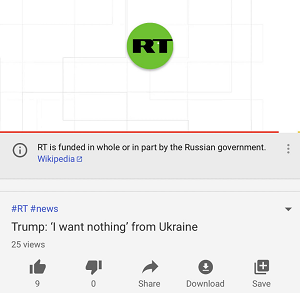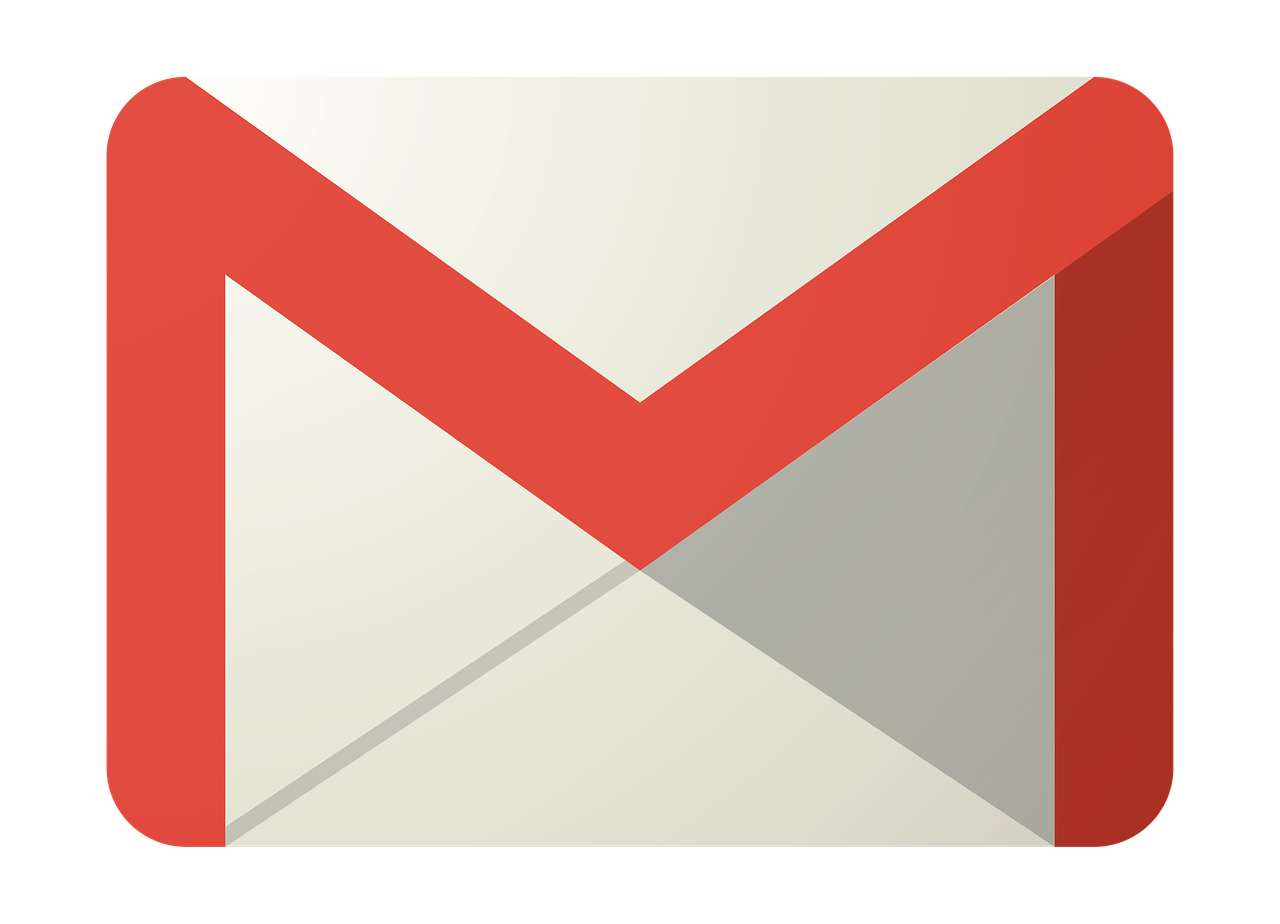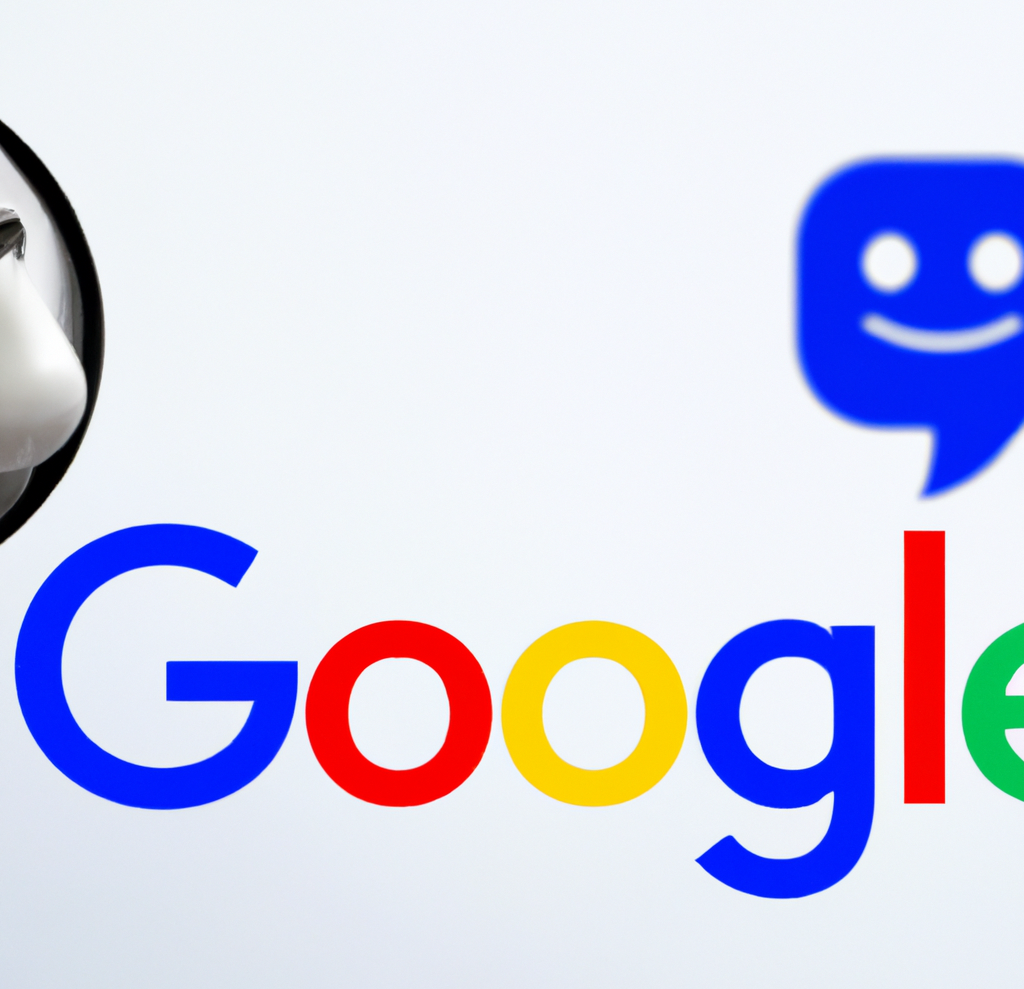YouTube’s CEO Provides an Update on Monetization Tools, Copystrikes and Content Guidelines

YouTube CEO Susan Wojcicki has this week posted her final quarterly update of the year, covering developments in copyright claims, monetization processes, platform rules and more.
And this time – in what seems like an entirely logic and on-brand move – Wojcicki has posted the update as a video on the site:
Wojcicki first notes that the YouTube economy is growing:
“Compared to last year, the number of creators with a million or more subscribers has grown 65%, and creators earning five or six figures, annually, has increased more than 40%.”
It’s amazing to consider the amount of money being generated by YouTube creators – did you know, for example, that this kid earns $22 million a year from his YouTube toy reviews?
It’s enough to make you question your life choices, right?
Jokes aside, creating entertaining, engaging content is a skill, and that not everyone is able to do. And in addition to having some level of natural ability, you also have to actually do it. It’s easy to look at something like ‘Ryan’s World’ and think to yourself ‘I could do that’, but it’s another to invest the time and effort into creating and posting content consistently.
But then again, as noted by Wojcicki, more people are doing just that. Maybe it’s time for you to actually kick off that YouTube channel you’ve always wanted to get going.
But YouTube monetization isn’t always a straightforward process. One of the biggest headaches for creators in recent times has been copyright strikes – if an entity claims that you’ve used their music or content in some way within your video, YouTube’s processes, in the last few years, have enabled them to claim any revenue generated from that video as a result.
This system has lead to many frustrations and issues, something that Wojcicki recognizes, and says they’re moving to fix:
“A few months ago, we made changes that removed the financial incentive to claim very short and unintentional music use. We also required timestamps for all manual claims so you know exactly which part of your video is being claimed, and made updates to our editing tools so you can easily remove manually claimed content from your videos.”
There’s still a way to go, but these changes show that YouTube is listening to its creators on this front.
Wojcicki has also detailed their improved monetization options, providing additional financial incentive to keep people posting.
“Thousands of channels have more than doubled their YouTube revenue by using new features that help fans engage with creators, like Super Chat, Channel Memberships, and Merchandise. More than 100,000 channels have received Super Chat, and some streams are earning more than $400 per minute as fans reach out to creators to say hello, send congratulations, or just to connect.”
Super Chat, which enables fans to purchase credits to have their comments featured more prominently in live-streams, follows the model set by Chinese streaming providers, where live-streaming has become a massive business. YouTube recently added Super Stickers to expand on the potential of Super Chat – which doesn’t seem like a huge element of YouTube monetization, but is clearly generating significant results for those that are using it.
Wojcicki also says that YouTube’s variation of the Stories format is also helping creators build audience:
“Over the last year, creators who used an active Story on their channel saw an average increase to their subscriber count of more than eight percent compared to creators without Stories.”
I mean, everyone’s on the Stories train now, why not YouTube? It could be another option to consider for those looking to boost their on-platform performance.
Wojcicki says that YouTube’s also looking to add in new advertising options which will enable brands to reach users who are viewing content that’s more controversial, and may not adhere to brand safety rules.
“We’re also running experiments to help match content that could be considered edgy with advertising that fits their brand. As you know, yellow icons are a signal that only limited advertising can run on a particular video because of its content. We’re working to identify advertisers who are interested in edgier content, like a marketer looking to promote an R-rated movie, so we can match them with creators whose content fits their ads.”
YouTube tightened up its brand controls last year after significant backlash related to ad placement alongside controversial content. Now YouTube’s looking to build more options to improve its capacity in this respect, which may open up more opportunities.
Wojcicki also notes that YouTube will look to expand its Self-Certification pilot to more creators in 2020, while it’s also working on improvements to its harassment guidelines and the ways in which it gathers data from and children’s content.
Interestingly, YouTube has also now started to roll out its new labels on state-backed media uploads, another area where the platform is looking to improve transparency.

There are some interesting updates here, detailing how YouTube is working to improve its systems and create a more effective, engaging space for creators and users alike. And there’s a lot to like about its creator eco-system. While other digital platforms are working to tap into the rose of online video, the maturity of YouTube’s monetization program puts it a step ahead, which will likely see it continue to attract and retain top creators – and consequently, slow the expansion of alternative options.
AI
Exploring the Evolution of Language Translation: A Comparative Analysis of AI Chatbots and Google Translate

According to an article on PCMag, while Google Translate makes translating sentences into over 100 languages easy, regular users acknowledge that there’s still room for improvement.
In theory, large language models (LLMs) such as ChatGPT are expected to bring about a new era in language translation. These models consume vast amounts of text-based training data and real-time feedback from users worldwide, enabling them to quickly learn to generate coherent, human-like sentences in a wide range of languages.
However, despite the anticipation that ChatGPT would revolutionize translation, previous experiences have shown that such expectations are often inaccurate, posing challenges for translation accuracy. To put these claims to the test, PCMag conducted a blind test, asking fluent speakers of eight non-English languages to evaluate the translation results from various AI services.
The test compared ChatGPT (both the free and paid versions) to Google Translate, as well as to other competing chatbots such as Microsoft Copilot and Google Gemini. The evaluation involved comparing the translation quality for two test paragraphs across different languages, including Polish, French, Korean, Spanish, Arabic, Tagalog, and Amharic.
In the first test conducted in June 2023, participants consistently favored AI chatbots over Google Translate. ChatGPT, Google Bard (now Gemini), and Microsoft Bing outperformed Google Translate, with ChatGPT receiving the highest praise. ChatGPT demonstrated superior performance in converting colloquialisms, while Google Translate often provided literal translations that lacked cultural nuance.
For instance, ChatGPT accurately translated colloquial expressions like “blow off steam,” whereas Google Translate produced more literal translations that failed to resonate across cultures. Participants appreciated ChatGPT’s ability to maintain consistent levels of formality and its consideration of gender options in translations.
The success of AI chatbots like ChatGPT can be attributed to reinforcement learning with human feedback (RLHF), which allows these models to learn from human preferences and produce culturally appropriate translations, particularly for non-native speakers. However, it’s essential to note that while AI chatbots outperformed Google Translate, they still had limitations and occasional inaccuracies.
In a subsequent test, PCMag evaluated different versions of ChatGPT, including the free and paid versions, as well as language-specific AI agents from OpenAI’s GPTStore. The paid version of ChatGPT, known as ChatGPT Plus, consistently delivered the best translations across various languages. However, Google Translate also showed improvement, performing surprisingly well compared to previous tests.
Overall, while ChatGPT Plus emerged as the preferred choice for translation, Google Translate demonstrated notable improvement, challenging the notion that AI chatbots are always superior to traditional translation tools.
Source: https://www.pcmag.com/articles/google-translate-vs-chatgpt-which-is-the-best-language-translator
Google Implements Stricter Guidelines for Mass Email Senders to Gmail Users

Beginning in April, Gmail senders bombarding users with unwanted mass emails will encounter a surge in message rejections unless they comply with the freshly minted Gmail email sender protocols, Google cautions.
Fresh Guidelines for Dispatching Mass Emails to Gmail Inboxes In an elucidative piece featured on Forbes, it was highlighted that novel regulations are being ushered in to shield Gmail users from the deluge of unsolicited mass emails. Initially, there were reports surfacing about certain marketers receiving error notifications pertaining to messages dispatched to Gmail accounts. Nonetheless, a Google representative clarified that these specific errors, denoted as 550-5.7.56, weren’t novel but rather stemmed from existing authentication prerequisites.
Moreover, Google has verified that commencing from April, they will initiate “the rejection of a portion of non-compliant email traffic, progressively escalating the rejection rate over time.” Google elaborates that, for instance, if 75% of the traffic adheres to the new email sender authentication criteria, then a portion of the remaining non-conforming 25% will face rejection. The exact proportion remains undisclosed. Google does assert that the implementation of the new regulations will be executed in a “step-by-step fashion.”
This cautious and methodical strategy seems to have already kicked off, with transient errors affecting a “fraction of their non-compliant email traffic” coming into play this month. Additionally, Google stipulates that bulk senders will be granted until June 1 to integrate “one-click unsubscribe” in all commercial or promotional correspondence.
Exclusively Personal Gmail Accounts Subject to Rejection These alterations exclusively affect bulk emails dispatched to personal Gmail accounts. Entities sending out mass emails, specifically those transmitting a minimum of 5,000 messages daily to Gmail accounts, will be mandated to authenticate outgoing emails and “refrain from dispatching unsolicited emails.” The 5,000 message threshold is tabulated based on emails transmitted from the same principal domain, irrespective of the employment of subdomains. Once the threshold is met, the domain is categorized as a permanent bulk sender.
These guidelines do not extend to communications directed at Google Workspace accounts, although all senders, including those utilizing Google Workspace, are required to adhere to the updated criteria.
Augmented Security and Enhanced Oversight for Gmail Users A Google spokesperson emphasized that these requisites are being rolled out to “fortify sender-side security and augment user control over inbox contents even further.” For the recipient, this translates to heightened trust in the authenticity of the email sender, thus mitigating the risk of falling prey to phishing attempts, a tactic frequently exploited by malevolent entities capitalizing on authentication vulnerabilities. “If anything,” the spokesperson concludes, “meeting these stipulations should facilitate senders in reaching their intended recipients more efficiently, with reduced risks of spoofing and hijacking by malicious actors.”
Google’s Next-Gen AI Chatbot, Gemini, Faces Delays: What to Expect When It Finally Launches

In an unexpected turn of events, Google has chosen to postpone the much-anticipated debut of its revolutionary generative AI model, Gemini. Initially poised to make waves this week, the unveiling has now been rescheduled for early next year, specifically in January.
Gemini is set to redefine the landscape of conversational AI, representing Google’s most potent endeavor in this domain to date. Positioned as a multimodal AI chatbot, Gemini boasts the capability to process diverse data types. This includes a unique proficiency in comprehending and generating text, images, and various content formats, even going so far as to create an entire website based on a combination of sketches and written descriptions.
Originally, Google had planned an elaborate series of launch events spanning California, New York, and Washington. Regrettably, these events have been canceled due to concerns about Gemini’s responsiveness to non-English prompts. According to anonymous sources cited by The Information, Google’s Chief Executive, Sundar Pichai, personally decided to postpone the launch, acknowledging the importance of global support as a key feature of Gemini’s capabilities.
Gemini is expected to surpass the renowned ChatGPT, powered by OpenAI’s GPT-4 model, and preliminary private tests have shown promising results. Fueled by significantly enhanced computing power, Gemini has outperformed GPT-4, particularly in FLOPS (Floating Point Operations Per Second), owing to its access to a multitude of high-end AI accelerators through the Google Cloud platform.
SemiAnalysis, a research firm affiliated with Substack Inc., expressed in an August blog post that Gemini appears poised to “blow OpenAI’s model out of the water.” The extensive compute power at Google’s disposal has evidently contributed to Gemini’s superior performance.
Google’s Vice President and Manager of Bard and Google Assistant, Sissie Hsiao, offered insights into Gemini’s capabilities, citing examples like generating novel images in response to specific requests, such as illustrating the steps to ice a three-layer cake.
While Google’s current generative AI offering, Bard, has showcased noteworthy accomplishments, it has struggled to achieve the same level of consumer awareness as ChatGPT. Gemini, with its unparalleled capabilities, is expected to be a game-changer, demonstrating impressive multimodal functionalities never seen before.
During the initial announcement at Google’s I/O developer conference in May, the company emphasized Gemini’s multimodal prowess and its developer-friendly nature. An application programming interface (API) is under development, allowing developers to seamlessly integrate Gemini into third-party applications.
As the world awaits the delayed unveiling of Gemini, the stakes are high, with Google aiming to revolutionize the AI landscape and solidify its position as a leader in generative artificial intelligence. The postponed launch only adds to the anticipation surrounding Gemini’s eventual debut in the coming year.
-

 PPC4 days ago
PPC4 days ago19 Best SEO Tools in 2024 (For Every Use Case)
-

 PPC7 days ago
PPC7 days ago4 New Google Ads Performance Max Updates: What You Need to Know
-
SEARCHENGINES6 days ago
Daily Search Forum Recap: April 16, 2024
-

 SEO6 days ago
SEO6 days agoGoogle Clarifies Vacation Rental Structured Data
-

 MARKETING6 days ago
MARKETING6 days agoWill Google Buy HubSpot? | Content Marketing Institute
-

 PPC7 days ago
PPC7 days agoShare Of Voice: Why Is It Important?
-

 MARKETING5 days ago
MARKETING5 days agoStreamlining Processes for Increased Efficiency and Results
-

 PPC7 days ago
PPC7 days agoHow to Collect & Use Customer Data the Right (& Ethical) Way


